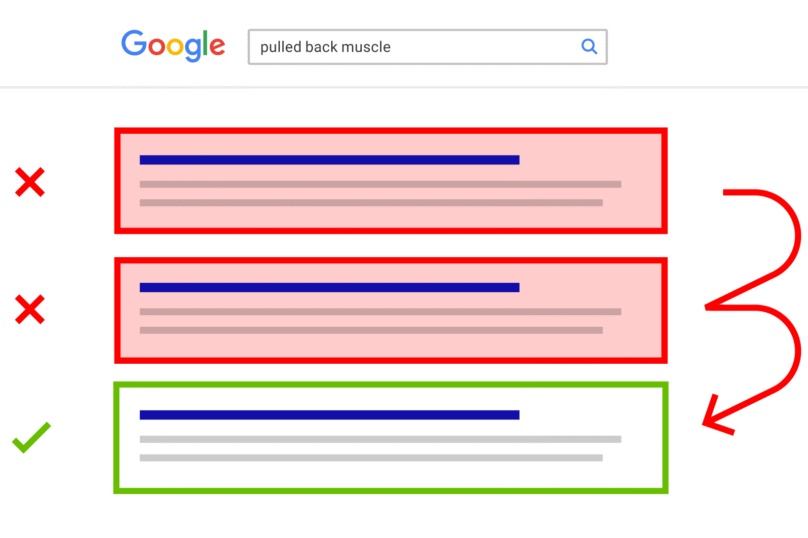Common SEO Mistakes That Hurt Rankings

If you’ve been wondering, “why my site isn’t ranking?”, chances are you’re making some common SEO mistakes without even realizing it. Search engine optimization (SEO) is a constantly evolving game, and what worked a few years ago may not cut it today. Whether you’re a beginner dipping your toes into SEO or an intermediate marketer fine-tuning your strategy, avoiding these pitfalls can mean the difference between showing up on page one or getting buried in the search results.
Why it works: Pain-point content performs well because it directly speaks to the frustrations users face. When people search for answers to their SEO issues, they’re usually in problem-solving mode—and that’s where this type of blog resonates most.
1. Ignoring Keyword Intent
One of the biggest SEO mistakes is targeting keywords without understanding search intent. Just because a keyword has high volume doesn’t mean it’s the right fit for your content. For example, if you write a detailed product guide but target a keyword meant for beginners, you’ll lose readers quickly. Google notices these mismatches and ranks your page lower.
Fix: Research keywords thoroughly. Use tools like Google Keyword Planner or SEMrush, but also analyze search intent. Ask: Are users looking for information, a product, or a service? Then, align your content accordingly.

1. Ignoring Keyword Intent
On-page SEO is often underestimated. Small things like missing meta tags, poor header structure, or keyword stuffing can ruin your chances of ranking. If you’re asking, “why my site isn’t ranking?”, check your basics first.
Fix: Optimize titles, headers, and URLs. Make sure your primary keyword appears naturally in the title, first paragraph, and a few subheadings. But don’t overdo it—keyword stuffing sends red flags to Google.
3. Forgetting Mobile Optimization
Over half of all internet traffic comes from mobile devices. If your site isn’t mobile-friendly, you’re basically telling Google not to rank you. A poor mobile experience drives users away, increasing bounce rates and signaling SEO issues.
Fix: Use a responsive design. Test your website on different devices and screen sizes. Google’s Mobile-Friendly Test is a free tool to check how well your site performs.
4. Slow Page Speed
No one likes waiting for a page to load. If your site takes more than three seconds, visitors will leave, and search engines will take notice. Page speed is a confirmed ranking factor, and ignoring it is a costly SEO mistake.
Fix: Compress images, enable browser caching, and use a content delivery network (CDN). Tools like Google PageSpeed Insights can show you exactly what’s slowing your site down.
5. Neglecting Content Quality
Finally, thin or low-quality content is one of the most damaging SEO issues. If your content doesn’t add value, Google has no reason to rank it higher. This mistake often comes from focusing too much on keywords and not enough on user experience.
Fix: Write comprehensive, engaging content that solves problems. Aim to be the best answer on the internet for the topic you cover.
Final Thoughts
Avoiding these common SEO mistakes could be the turning point for your rankings. Focus on intent-driven keywords, optimize your on-page elements, ensure mobile readiness, speed up your site, and never compromise on content quality. Fix these SEO issues, and you’ll stop asking, “why my site isn’t ranking?”—because you’ll start seeing results.



